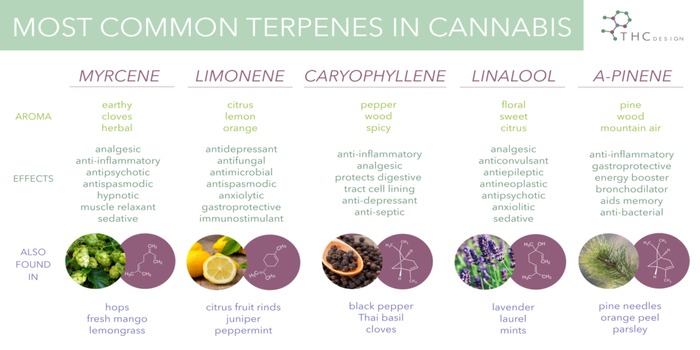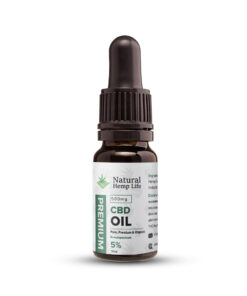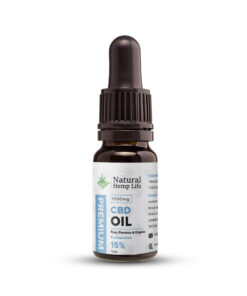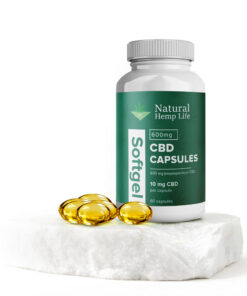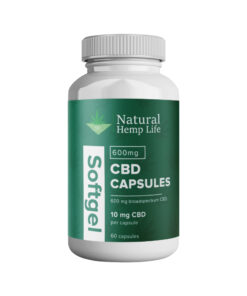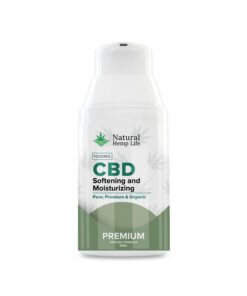Terpenes are a very extensive collection of hydrocarbon compounds, which are the most important constituents of essential oils and other natural products, such as CBD products. They often have a distinct smell and taste. One question that many people ask is how the hemp gets its color, smell, and taste. Stay with us and read through the information below to learn more!
Terpenes in the hemp plant
Terpenes in the Hemp does not only contain cannabinoids but a plethora of different substances, including terpenes. It is terpenes that give the hemp its taste and smell. Terpenes are found in a variety of plants and animals, including lavender, orange, and grapes. This is one of the reasons why you sometimes can smell orange and lemon in hemp. In fact, terpenes, like cannabinoids, have a variety of health effects. Due to this, it may be of interest to study the terpene content in CBD products. Hemp contains up to 120 different terpenes in different amounts depending on the type of hemp. plant
In addition to taste and smell, various terpenes also cause a variety of different effects. We will talk about these effects in this blog post, and it is quite interesting considering that the same terpenes are found in products people usually use every day. Below is a list of the most common terpenes and its properties:
Review of the most dominant terpenes
BCP (beta-karyophyll): Is known to activate CB2 receptors in the endocannabinoid system, which in turn also exerts anti-inflammatory effects. It is a non-psychoactive terpene, and the first FDA-approved supplemental cannabinoids used in food items.
Vitamin A: Vitamin A is a terpene, believe it or not. Coniferous trees produce large amounts of these compounds, and most plants produce larger amounts of terpenes during the warmer seasons.
The alpha pine: Is one of the more well-known terpenes in the hemp that is also found in rosemary. The alpha pine often acts as a mucus dissolver and a focus enhancer.
The limonene: This terpene is found not only in hemp but also in citrus fruits, juniper berries, and peppermint. It has anti-bacterial and anti-depressant effects. This terpene is also known to increase blood pressure.
Myrcene: Found in menthol, lemon grass and most types of hemp. The terpene is often used as a fragrance agent in certain perfumes. Myrcene has anti-depressant, anti-carcinogenic and anti-inflammatory effects.

